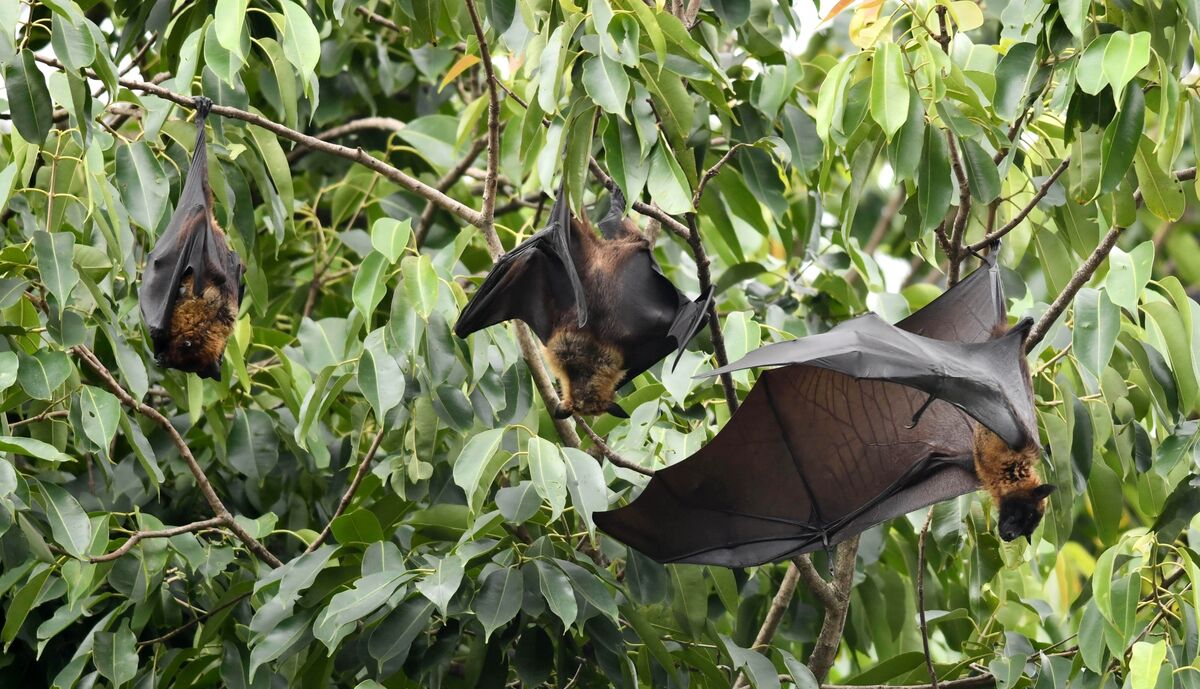Rwanda Identifies Marburg Virus Source in Cave-Dwelling Bats
Marburg Virus: Bats Identify Outbreak Source in Rwanda
The world of infectious diseases is nothing short of fascinating, filled with surprising surprises and unsettling truths. Recently, Rwanda has drawn international attention for its breakthrough in identifying the source of the Marburg virus, a disease that has raised eyebrows and concerns due to its severity and potential for outbreaks. But what exactly is the Marburg virus, how does it spread, and what does this discovery mean for public health? Buckle up, because we’re diving deep into this topic to unearth the many layers of this discovery.
What Is the Marburg Virus?
First things first—let’s talk about the Marburg virus itself. It belongs to the filovirus family, which also includes the notorious Ebola virus. The Marburg virus is linked with severe viral hemorrhagic fever, a condition that can result in bleeding from multiple orifices and a high mortality rate. Imagine feeling like you have a severe flu, only to find out that your body is actually fighting a vicious virus.
The transmission typically occurs via contact with infected bodily fluids or through handling of infected animals, particularly bats and primates. These cave-dwelling bats and their habitats play a critical role in the spread of this disease. Although the Marburg virus is rare, its outbreaks can be devastating, making this latest study in Rwanda a cause for serious concern and rigorous investigation.
How Did Rwanda Identify the Source?
In a significant breakthrough, Rwandan health officials embarked on an exhaustive investigation into a recent outbreak of the Marburg virus. The efforts led them to uncover the presence of the virus in cave-dwelling fruit bats. It’s amazing to think how a handful of tiny creatures could hold the key to understanding such a potent virus, right? These bats, often overlooked in discussions about infectious diseases, play a monumental role in the spillover events that lead to human infections.
After the initial cases surfaced, health authorities acted quickly, launching a multi-agency response that combined public health, veterinary research, and the study of ecological factors. This collaborative approach not only demonstrated the importance of rapid response mechanisms but also set a precedent for how such outbreaks should be managed in the future.
Key Steps in the Investigation:
- Surveillance and Testing: Authorities conducted extensive surveillance and testing of both humans and animals in the surrounding areas.
- Community Engagement: Public health messaging was crucial. Communities were informed about the risks, encouraging protective behaviors around bats and other wildlife.
- Collaboration with Experts: The collaboration involved virologists, ecologists, and health workers, highlighting the multi-disciplinary approach needed to tackle such viral threats.
Knowing the source of an outbreak is akin to finding the missing puzzle piece in a complicated jigsaw. Understanding that fruit bats are likely responsible for the transmission to humans can drive effective prevention strategies and control measures.
Why Are Bats Important in the Spread of Marburg Virus?
You may be wondering, why focus on bats? Well, these flying mammals are often called “natural reservoirs” for many viruses, including the Marburg virus. Their immune systems are uniquely equipped to tolerate certain viruses without falling ill. Essentially, they’re like tiny, flying vaults of potential public health threats.
When bats roost in caves—think of those dark, damp places—they can interact with each other and occasionally with humans or livestock. This makes them a prime suspect in the spread of zoonotic diseases, which are diseases that jump from animals to humans.
The Role of Environmental Factors
The environment plays a significant role in how diseases like Marburg spread. Changes in land use, deforestation, and even climate patterns can push bats and other wildlife closer to human populations. These shifts increase the chances of contact between humans and potentially infected wildlife.
For instance:
- Deforestation: It disrupts the habitats of bats, potentially causing them to seek new quarters near human settlements.
- Climate Change: Shifts in temperatures and weather patterns can influence where bats migrate, impacting their interaction with humans.
A deeper understanding of these factors can help with the development of effective public health strategies focused on prevention.
The Implications of This Discovery
So what does this revelation mean for Rwanda and the global community? The identification of the bat as the source of the Marburg virus has several significant implications:
1. Enhanced Surveillance and Response
With a specific source determined, public health authorities can implement targeted surveillance strategies. These can help monitor bat populations and detect any viral emergence before it causes human infections.
2. Public Health Education
Educating the public about the risks associated with bats and the Marburg virus is critical. If communities understand the link between bats and the virus, they may take precautions that reduce the risk of spillover.
3. International Collaboration
Infectious diseases don’t recognize borders, making international collaboration essential. Countries can share research findings, protocols, and response strategies, creating a strong front against emerging infectious diseases.
4. Research Opportunities
This breakthrough opens up numerous avenues for further research. Investigating how the virus interacts with its natural hosts can provide insights into viral behavior and evolution. There’s also a potential focus on developing vaccines or treatments targeting similar viruses.
5. Risk Management Strategies
Governments could formulate strategies that balance wildlife conservation with public health. This could involve protecting bat populations while minimizing the threat to human health, fostering a coexistence approach.
Conclusion
Rwanda’s discovery of the Marburg virus’s source in cave-dwelling bats marks a significant milestone in the ongoing battle against emerging infectious diseases. By understanding the relationship between bats and the Marburg virus, we hold the power to implement effective public health strategies, enhance community awareness, and foster international cooperation.
Remember, this isn’t just a scientific discovery—it’s about protecting public health and understanding that we share our world with many creatures, some of which pose risks we have only begun to comprehend. As we continue to decode the complexities of diseases like the Marburg virus, we can pave the way for a healthier future, where knowledge is our greatest weapon against unseen foes.
FAQs
1. What is the Marburg virus?
The Marburg virus is a severe viral hemorrhagic fever caused by a filovirus, similar to Ebola, with potentially high mortality rates.
2. How is the Marburg virus transmitted?
Transmission primarily occurs through contact with infected bodily fluids, handling of infected animals (notably bats and primates), or exposure to contaminated environments.
3. Why are bats considered a reservoir for the Marburg virus?
Bats have unique immune systems that allow them to tolerate certain viruses without becoming ill, making them natural reservoirs for viruses like Marburg.
4. What actions can communities take to reduce the risk of Marburg virus outbreaks?
Education on avoiding contact with bats and their habitats, promoting hygiene practices, and fostering wildlife conservation while minimizing risks can be effective.
5. How can international cooperation help in managing the risk of Marburg virus outbreaks?
By sharing research findings, resources, and emergency response protocols, countries can collectively address and mitigate the risks posed by emerging infectious diseases like the Marburg virus.







